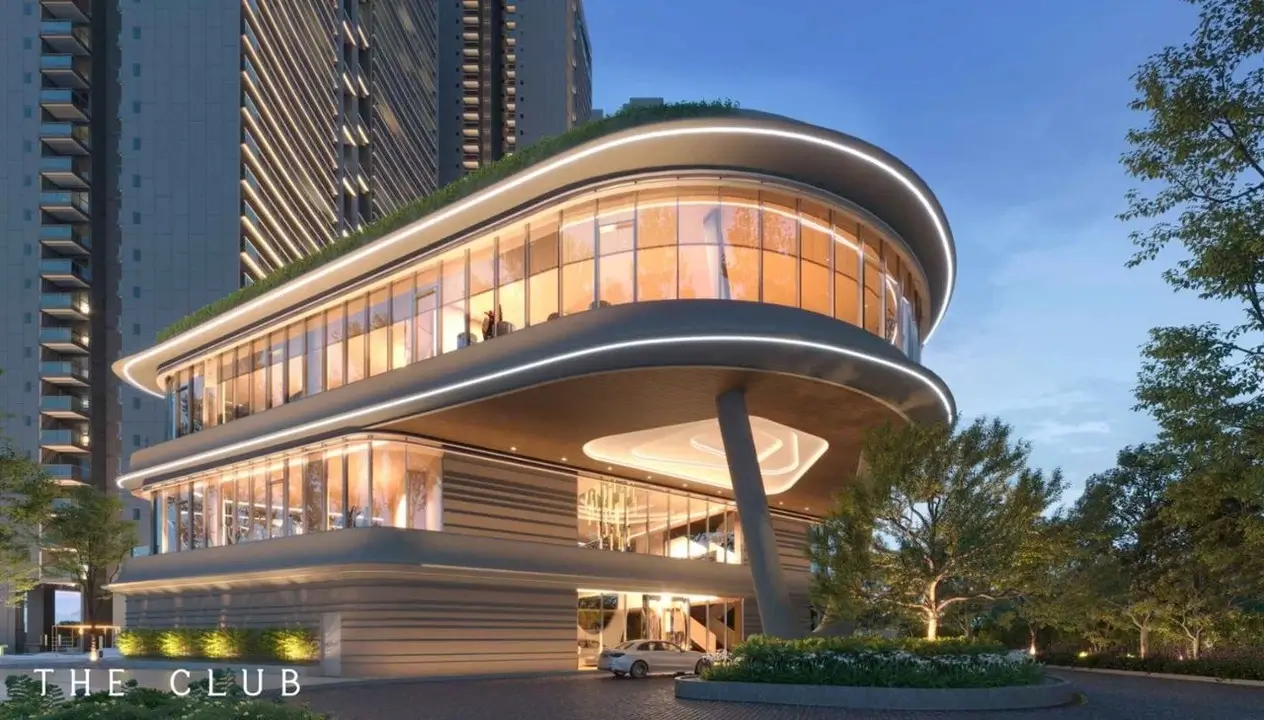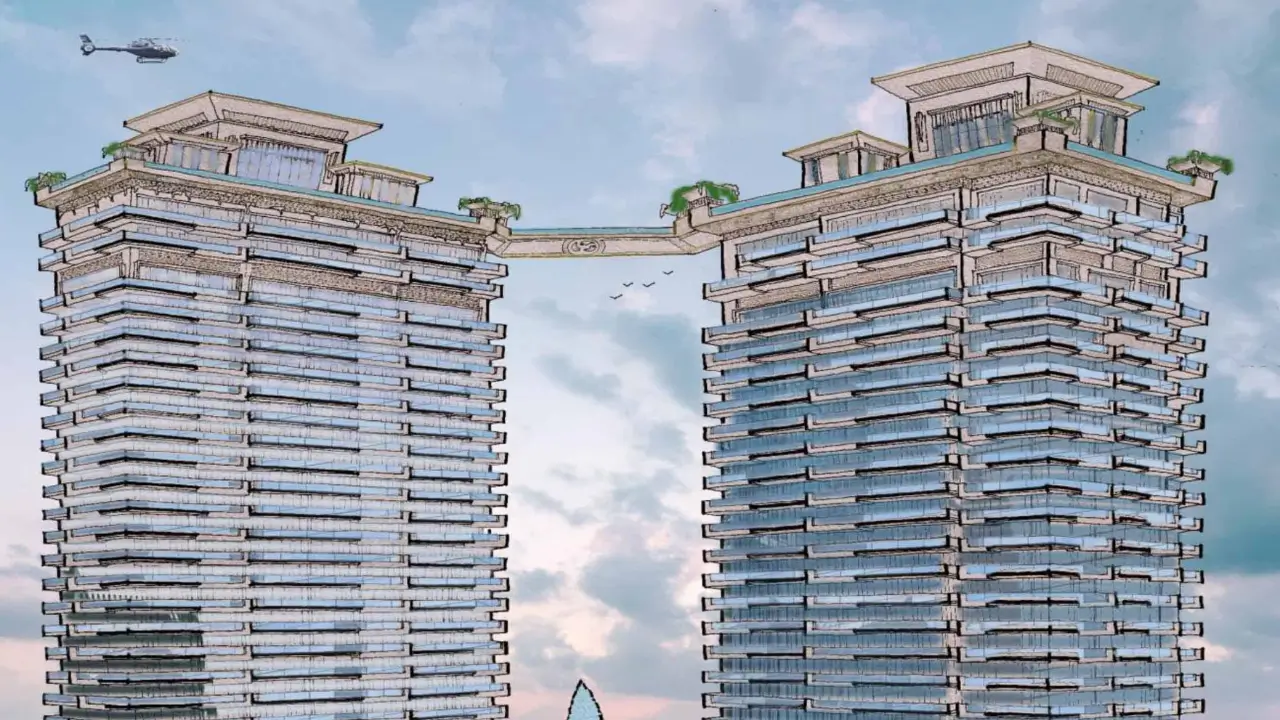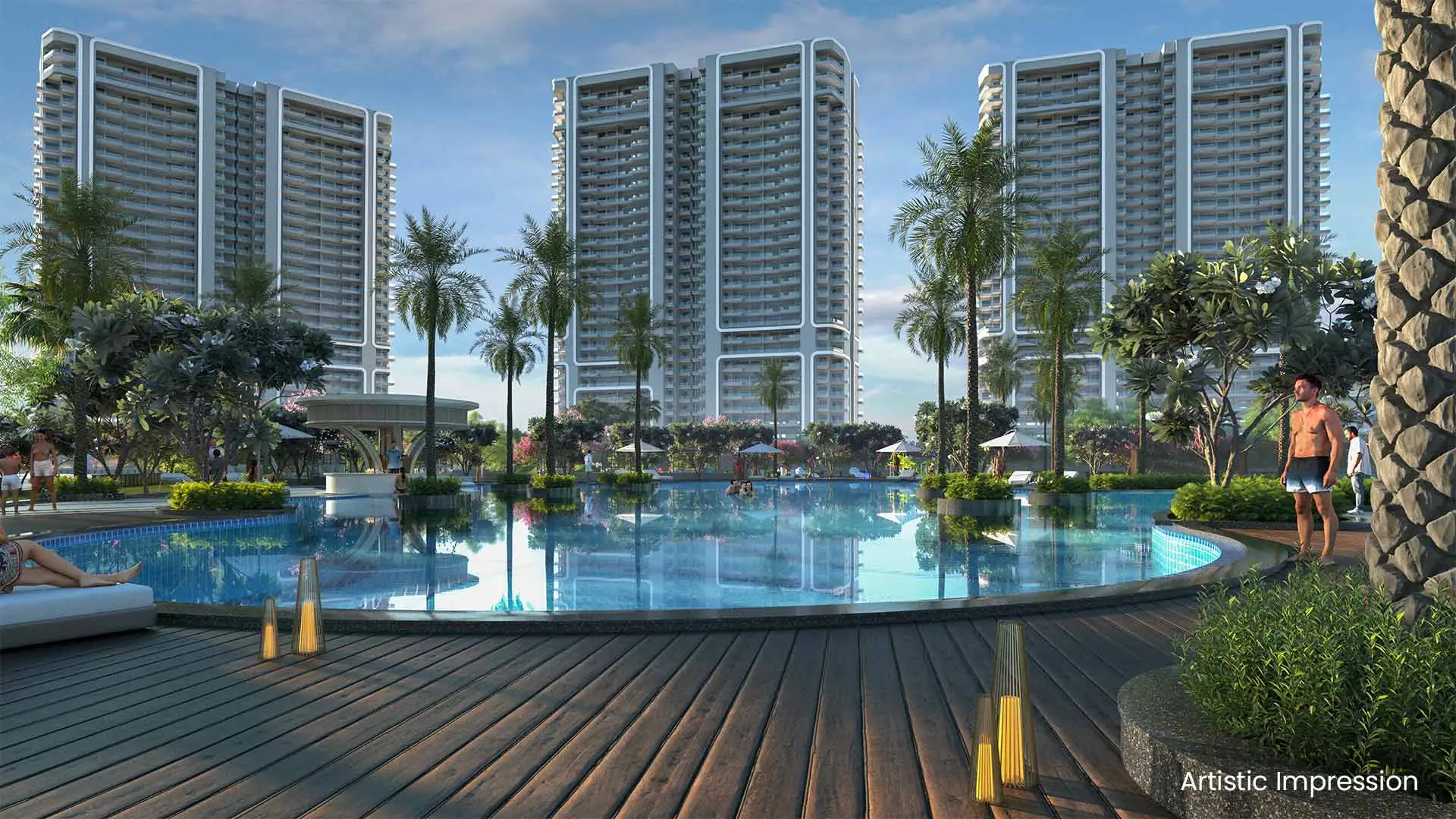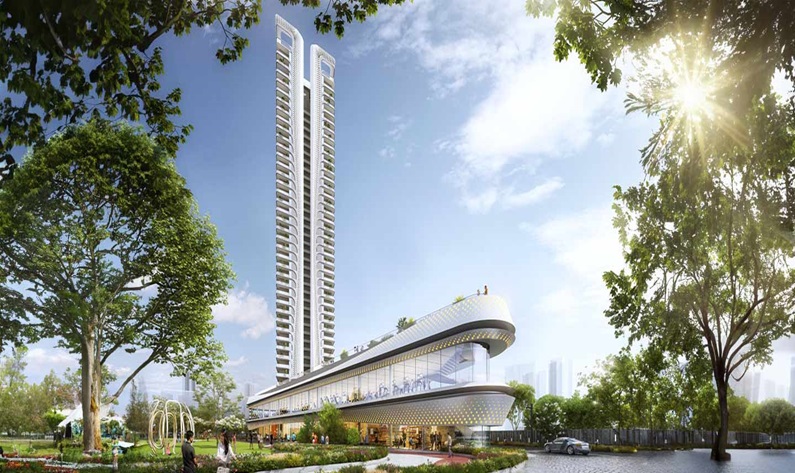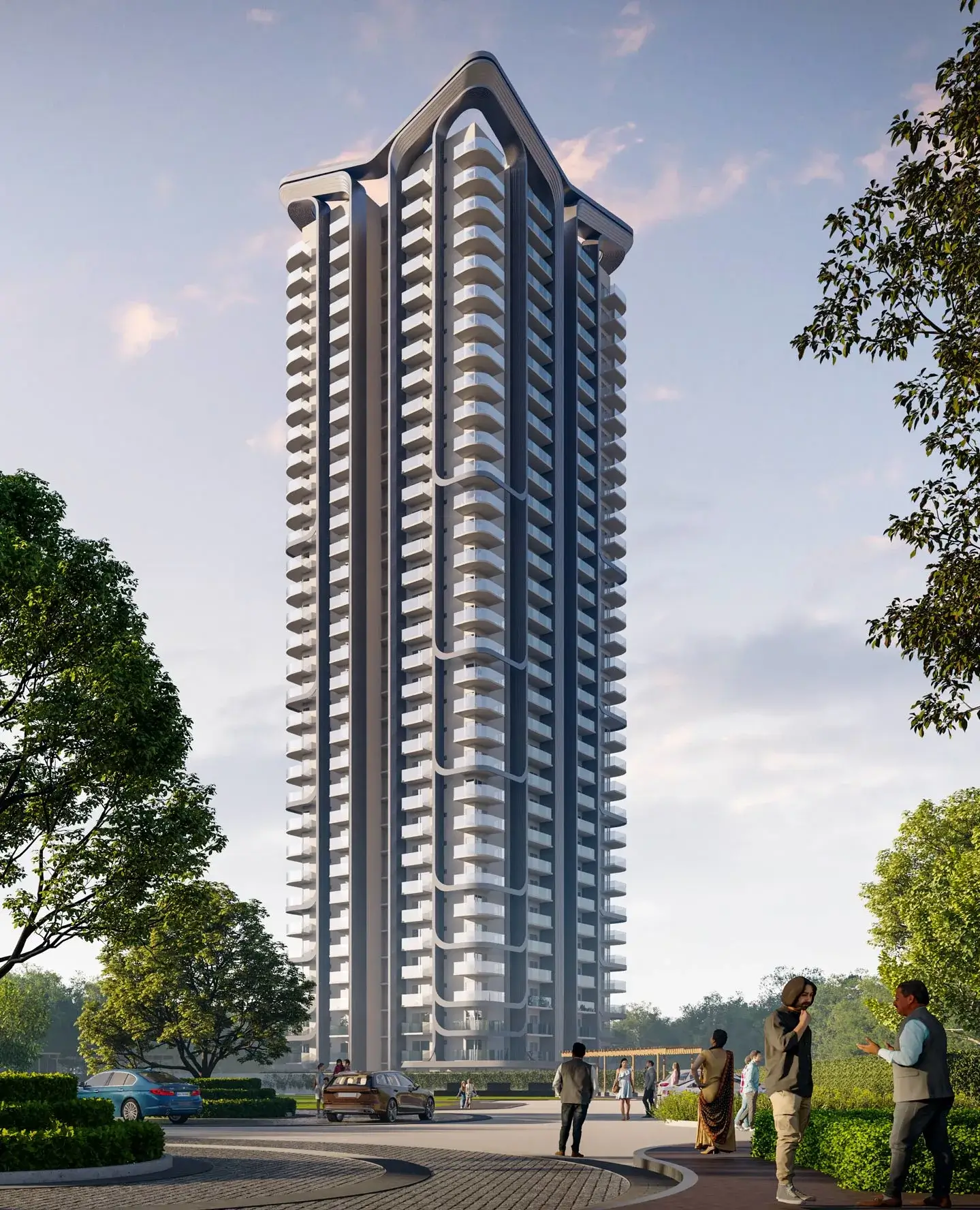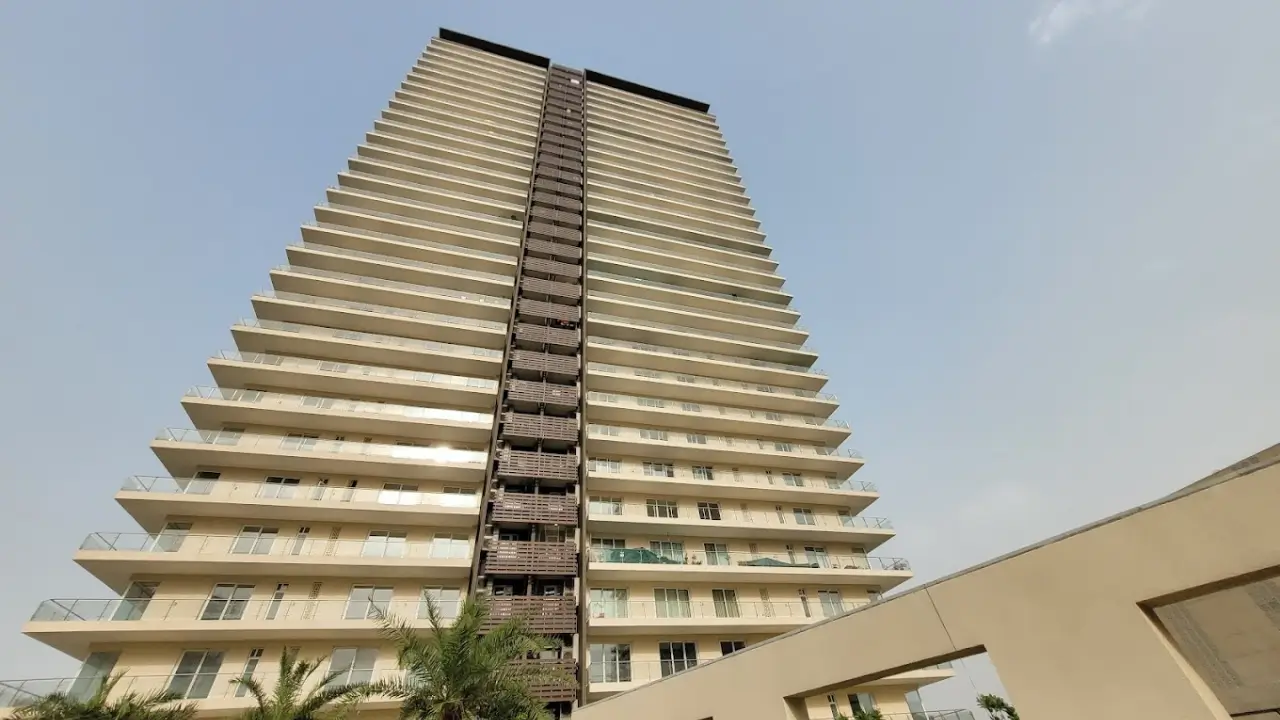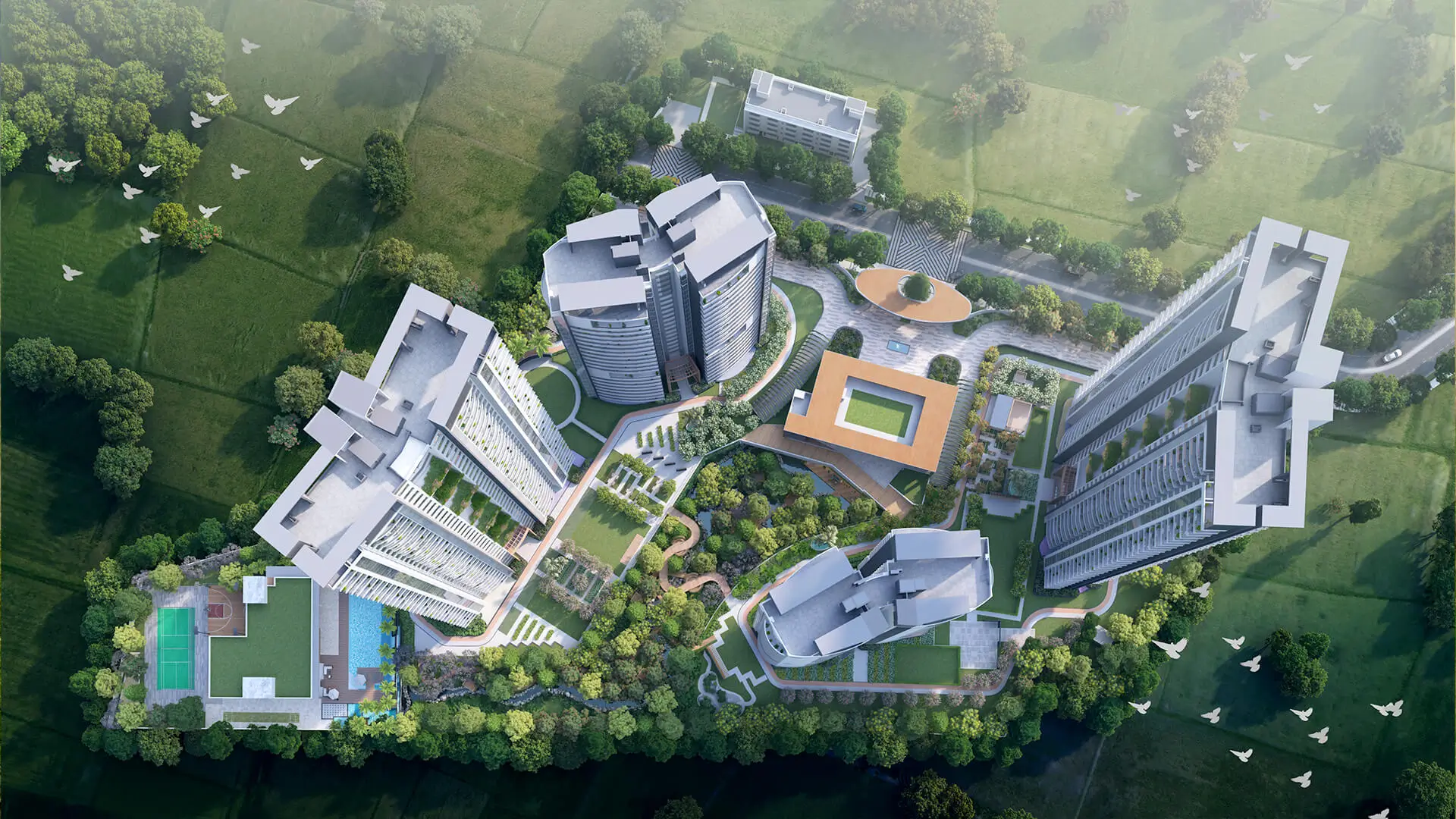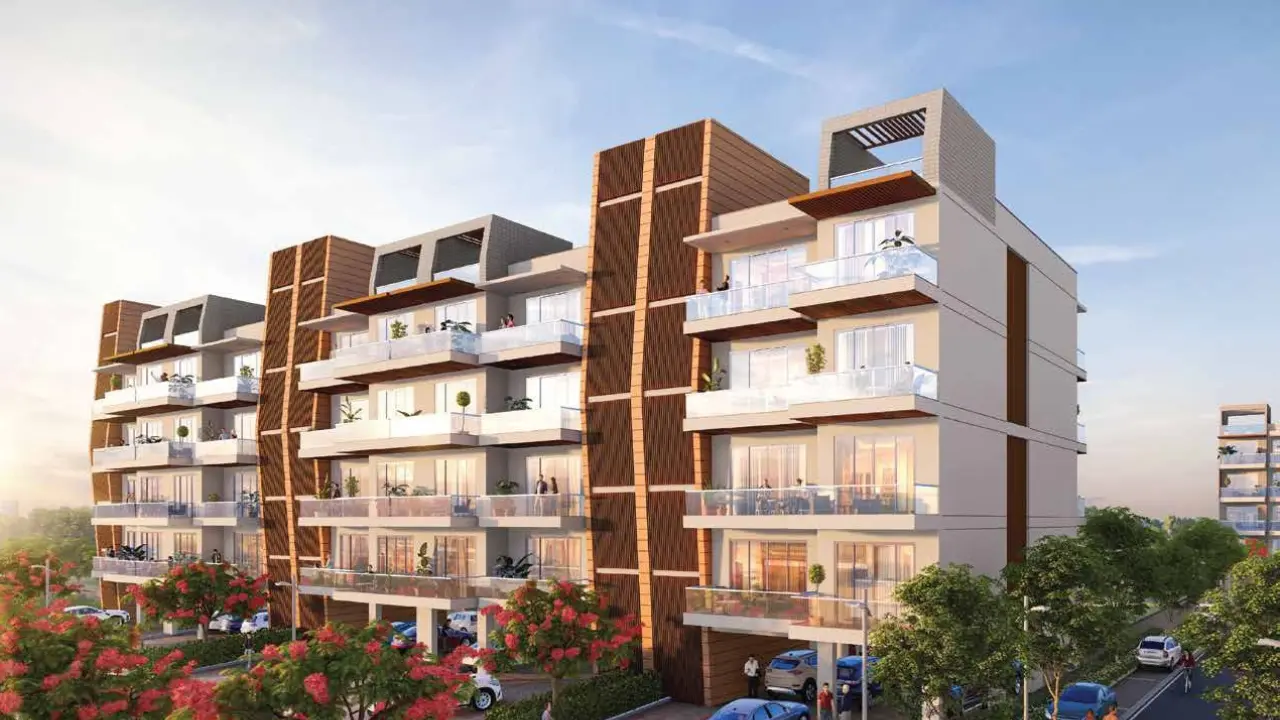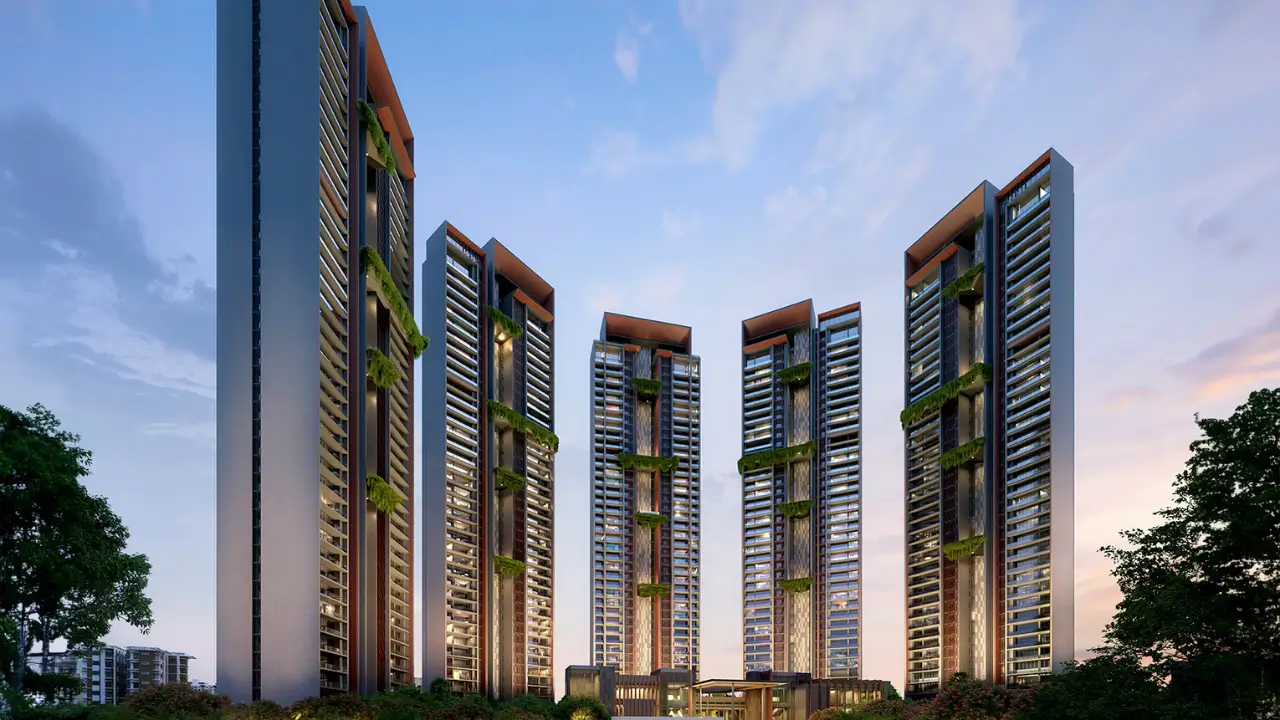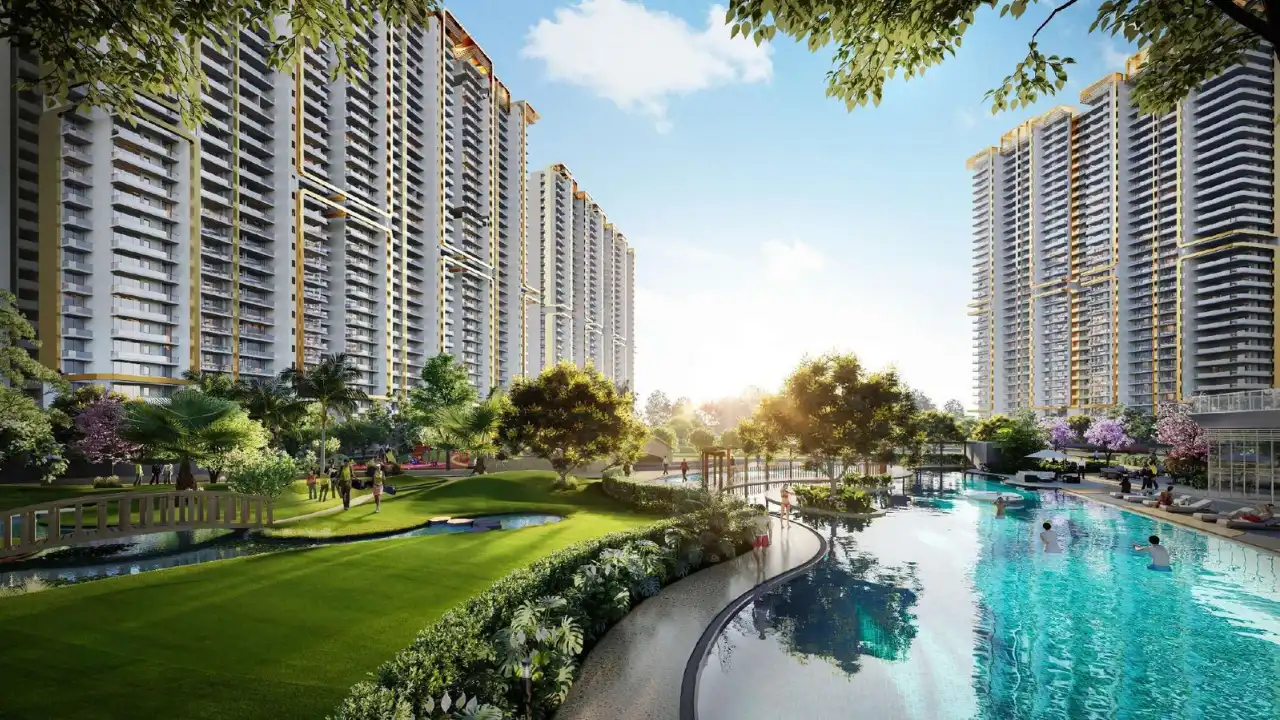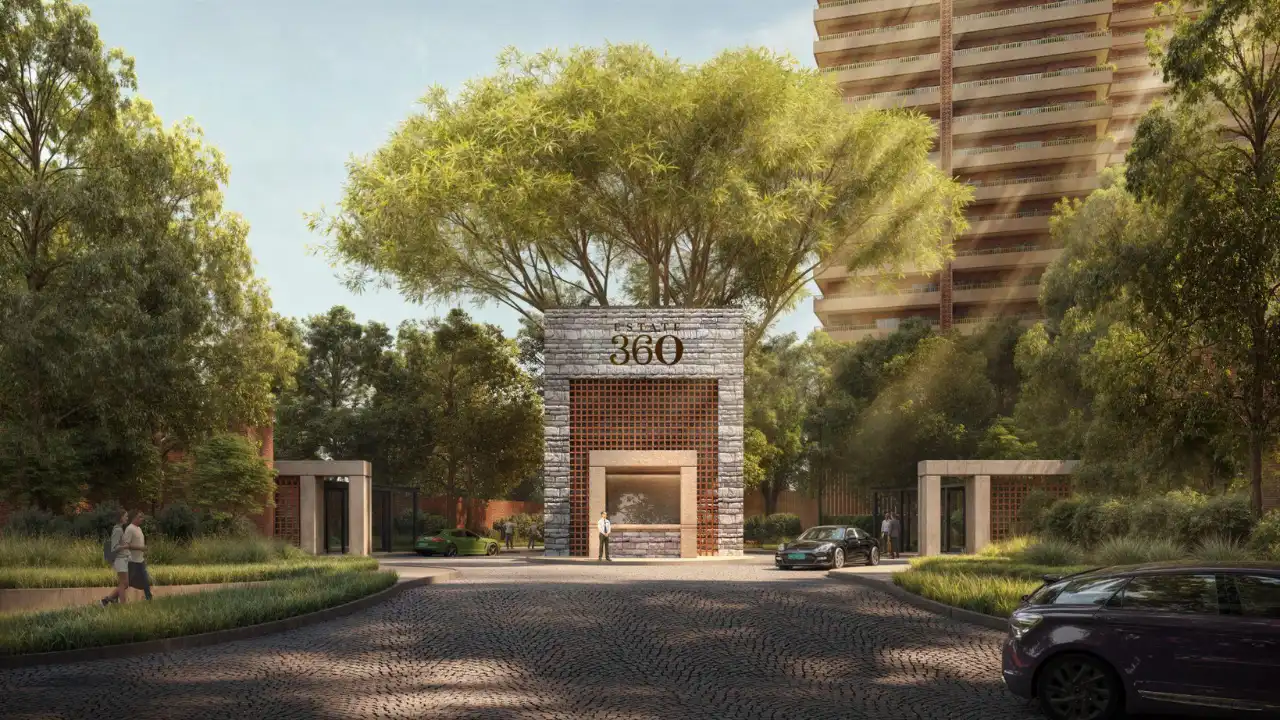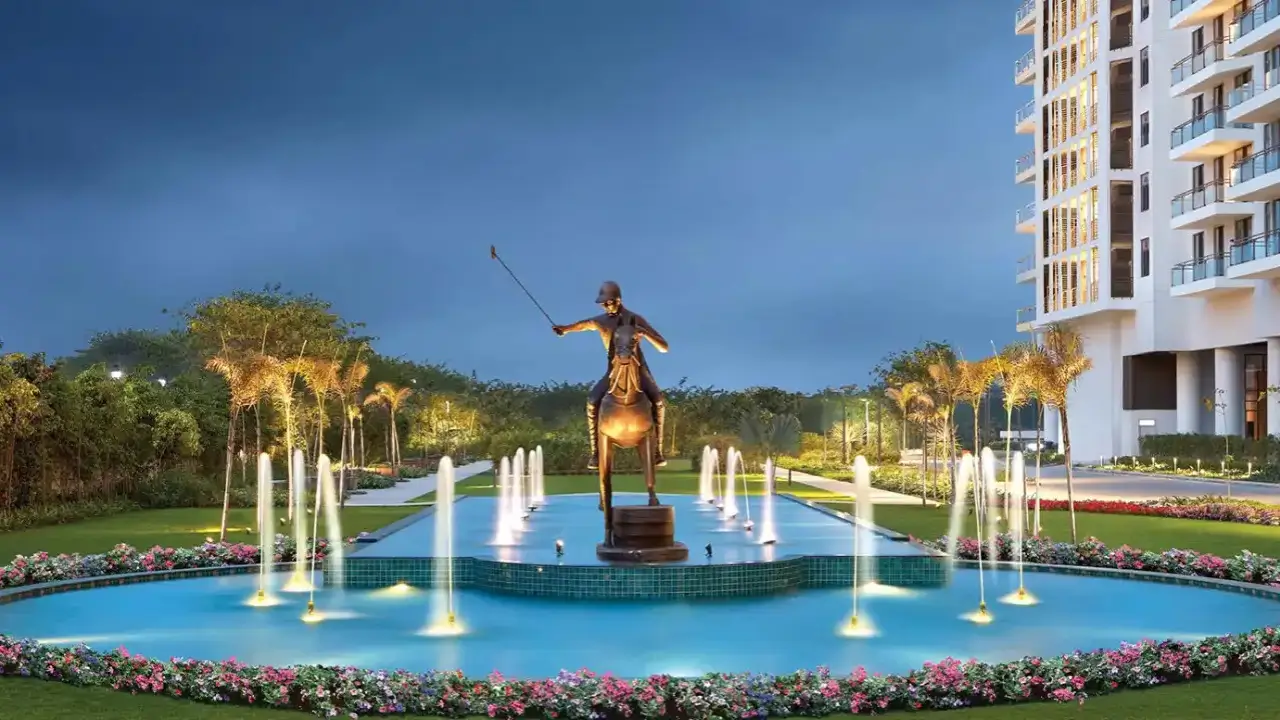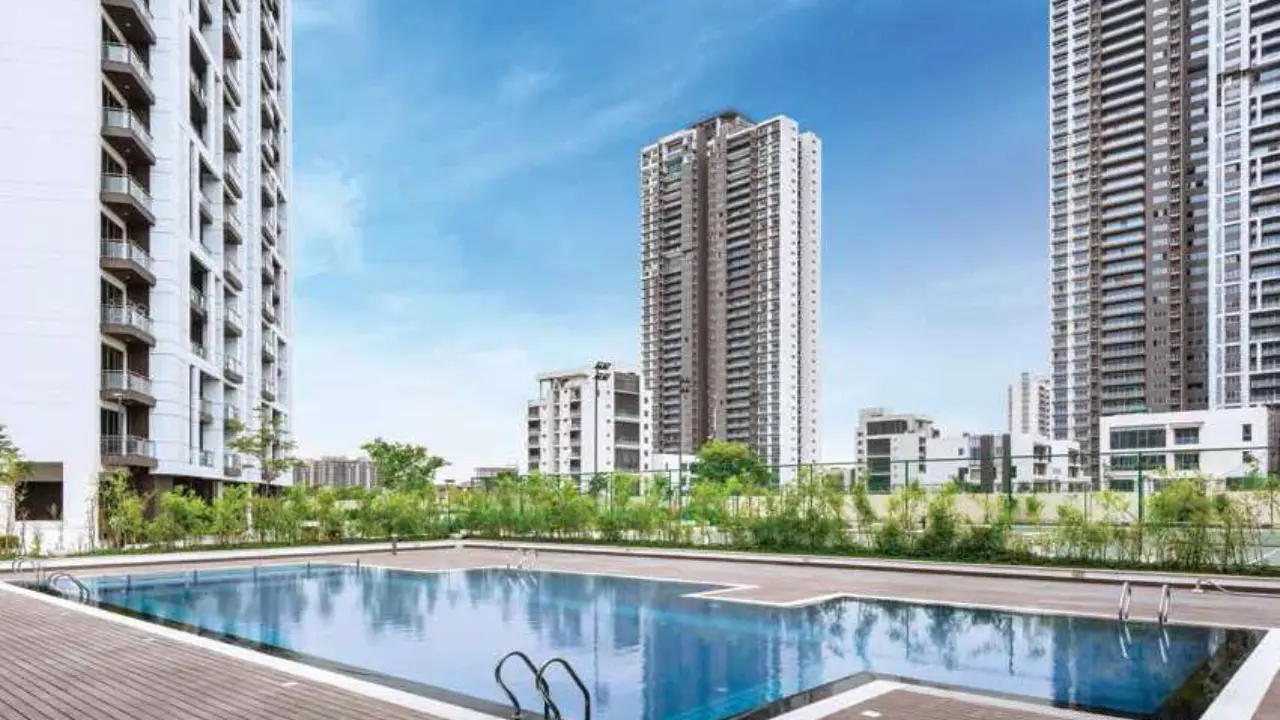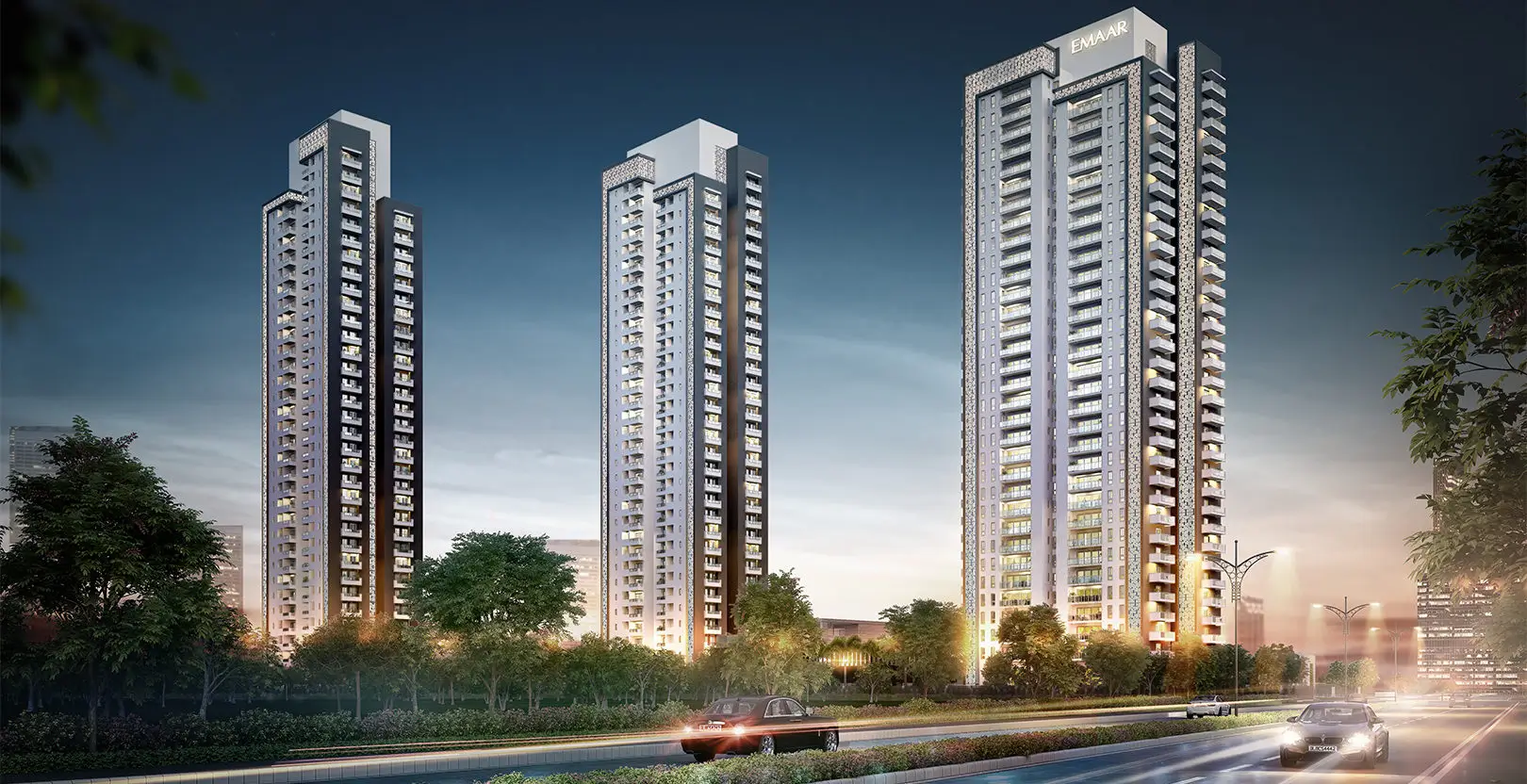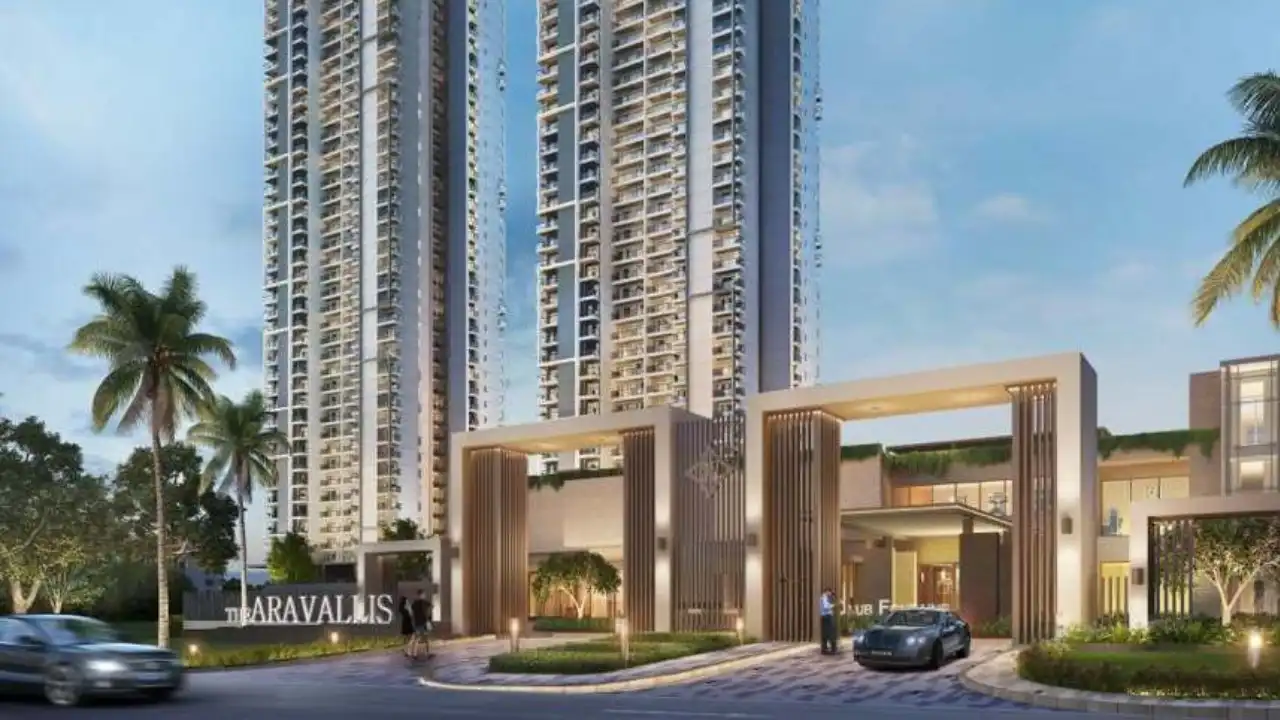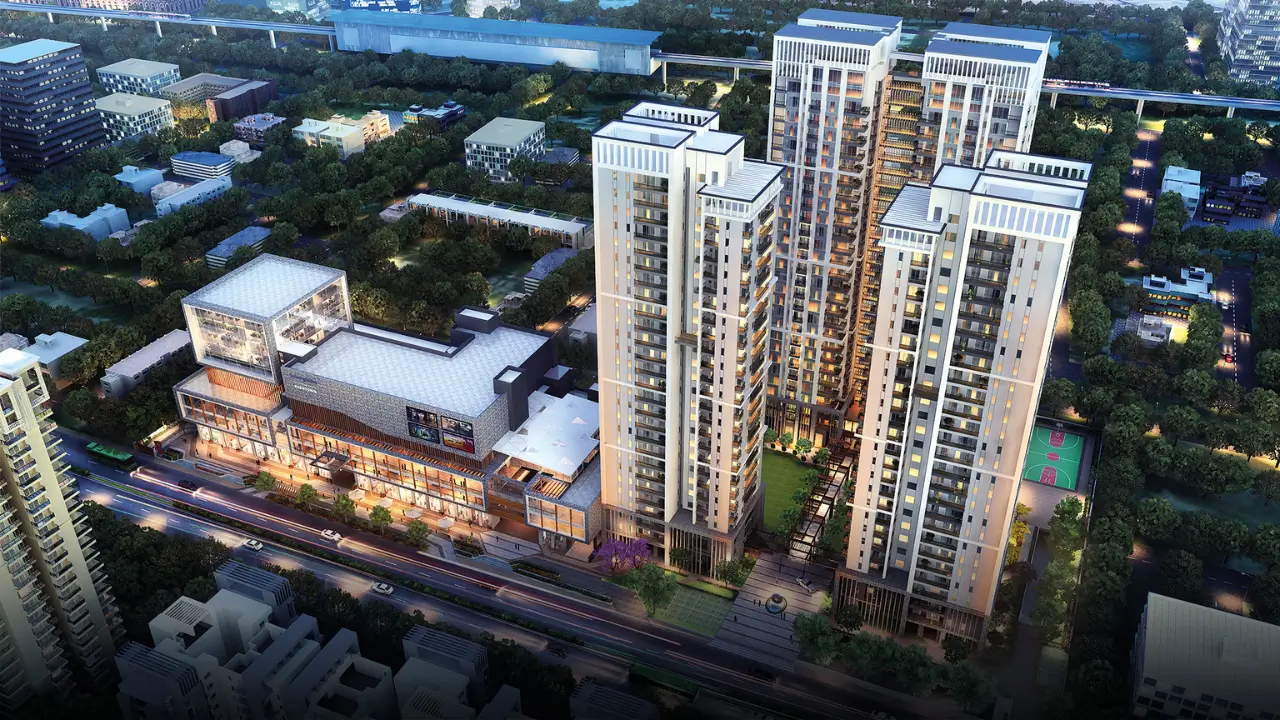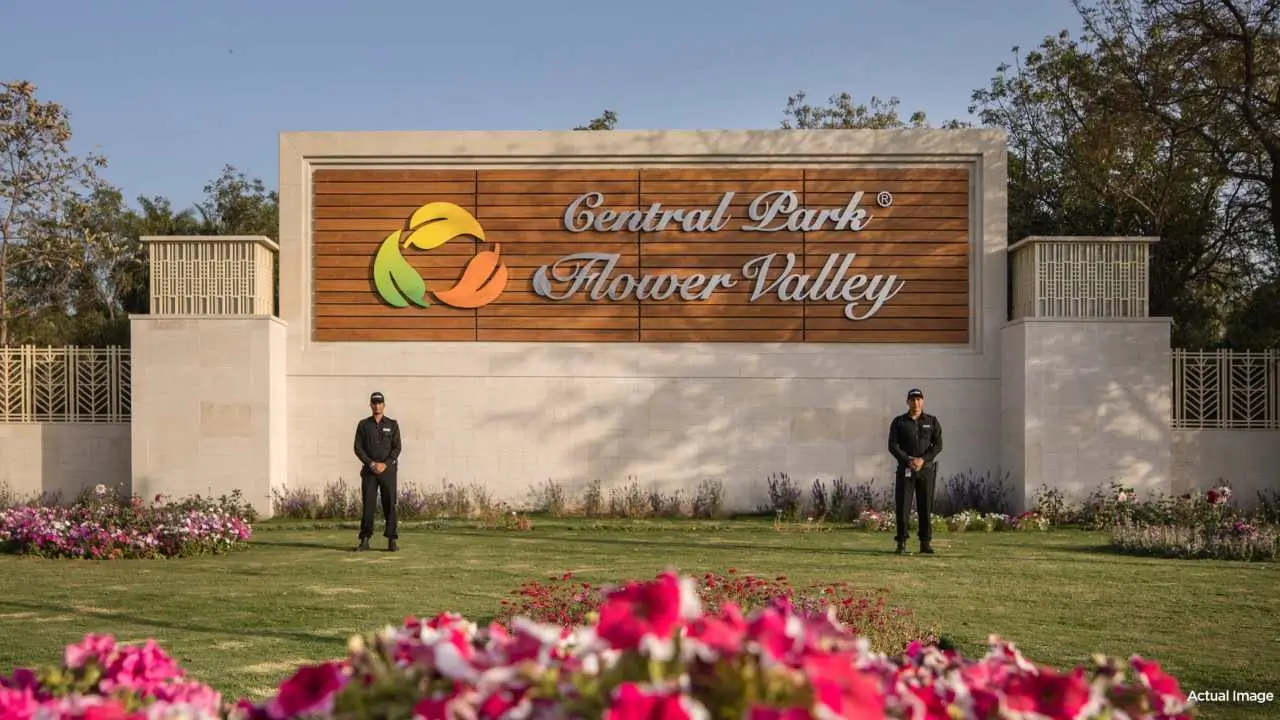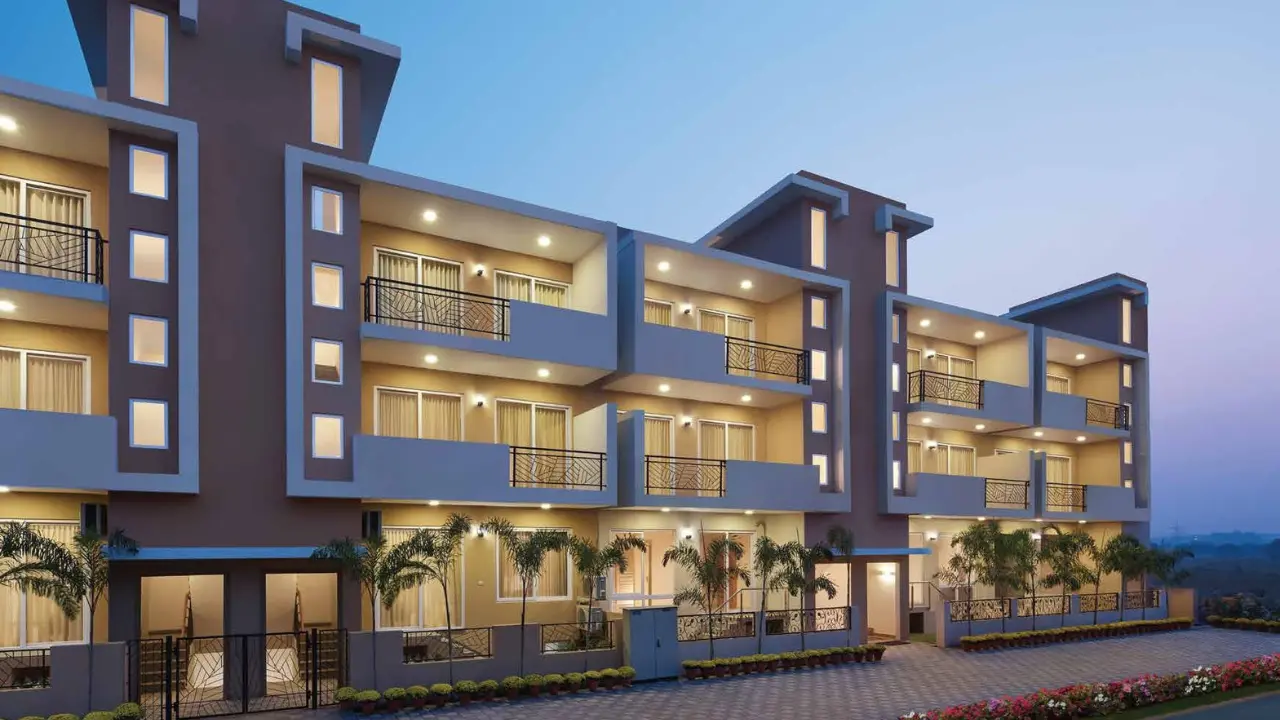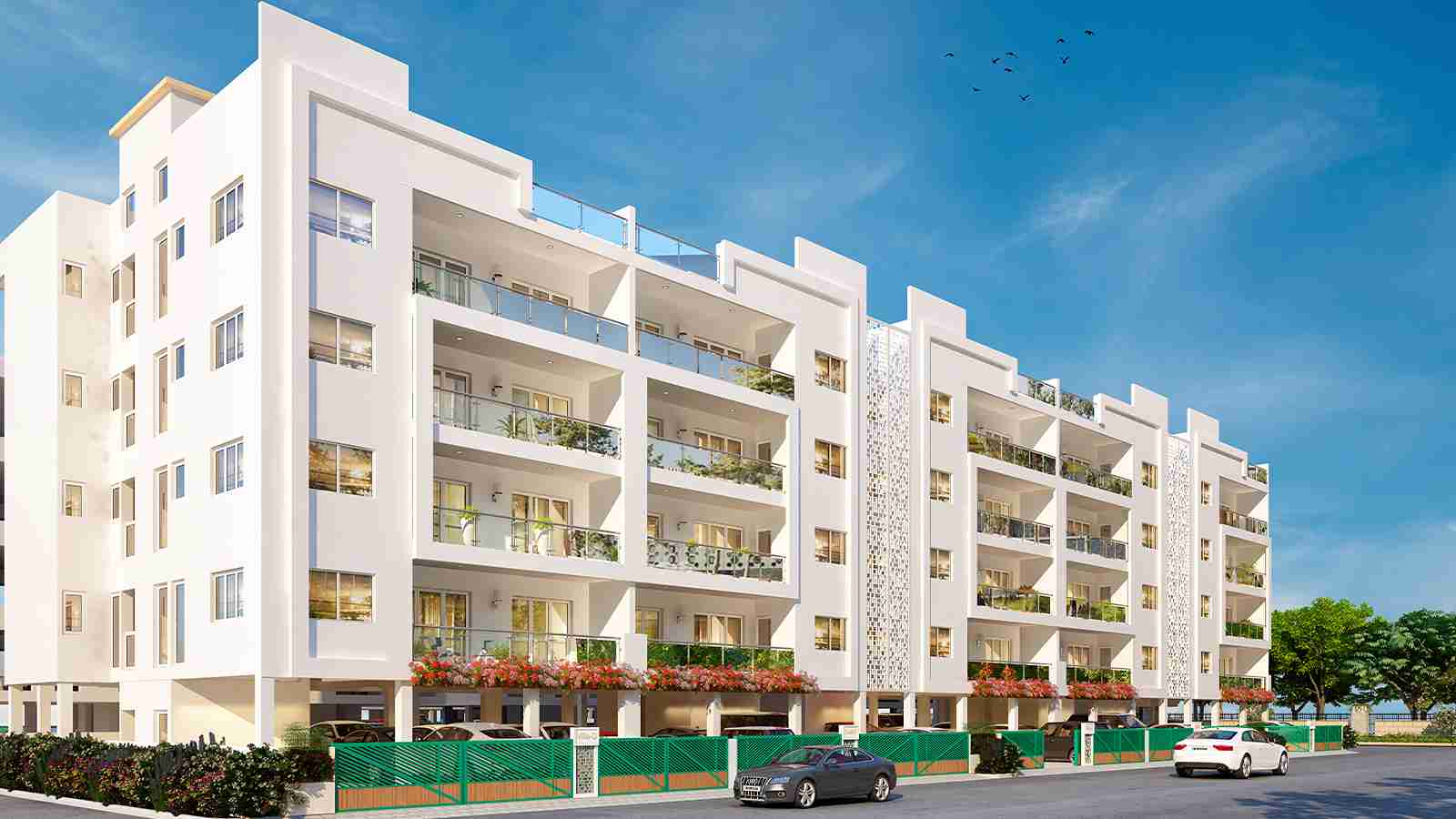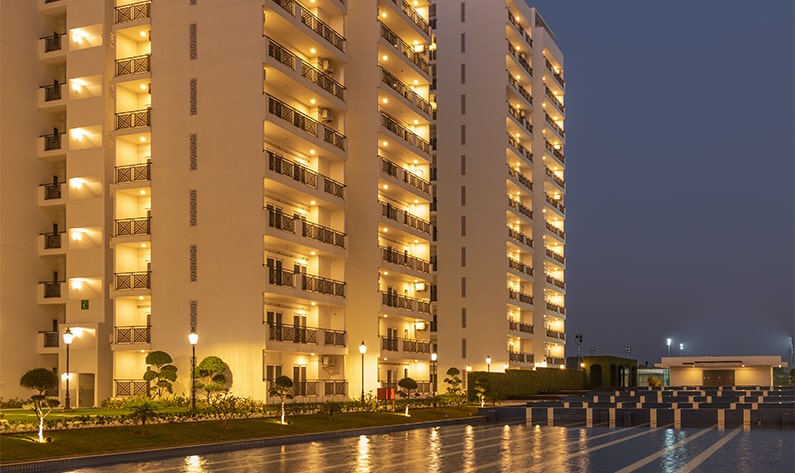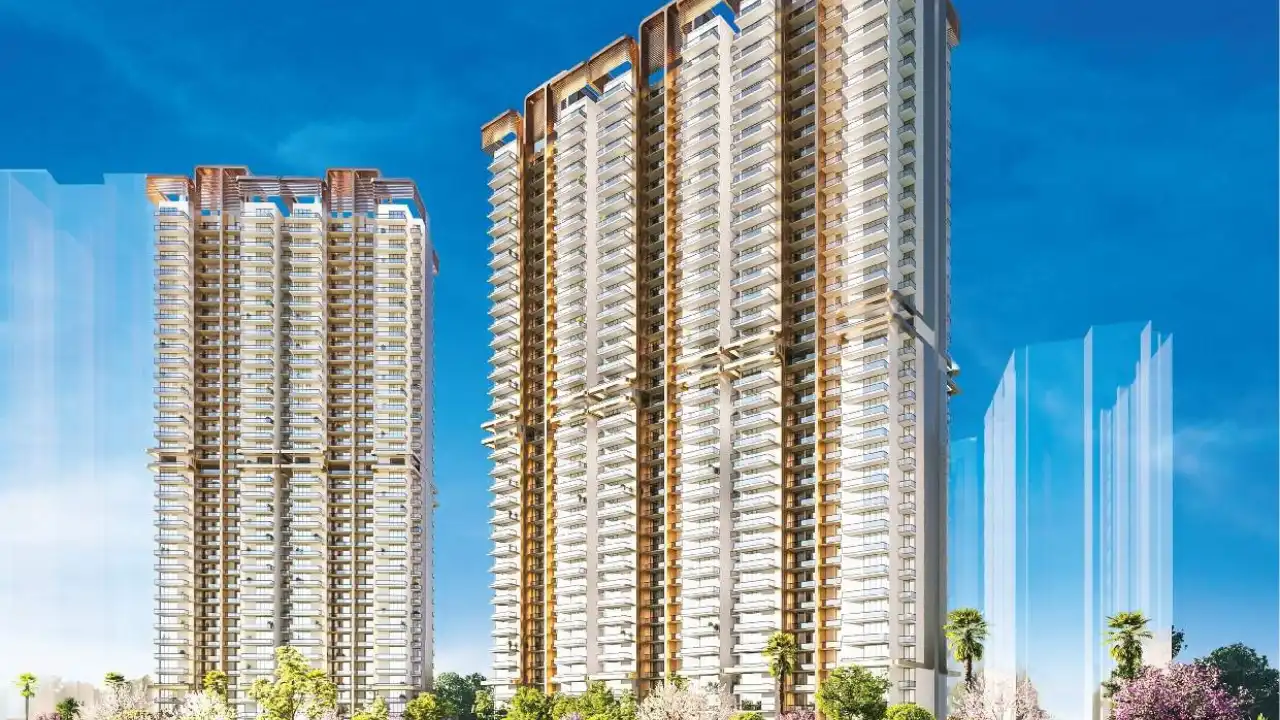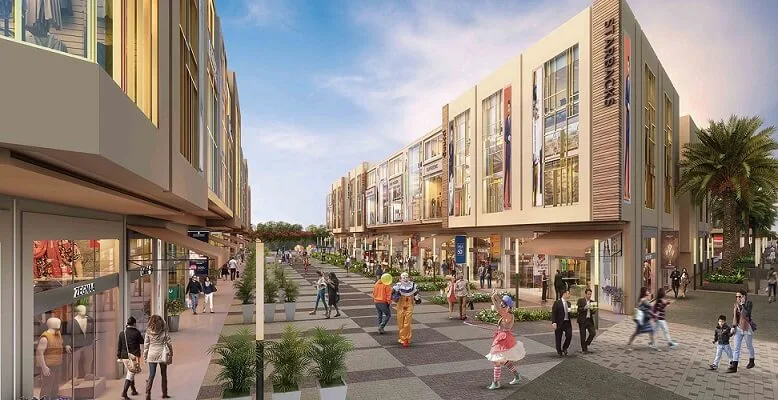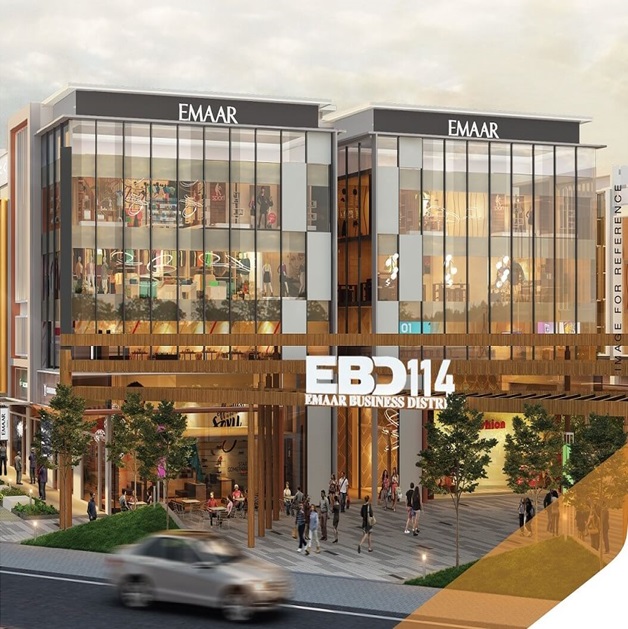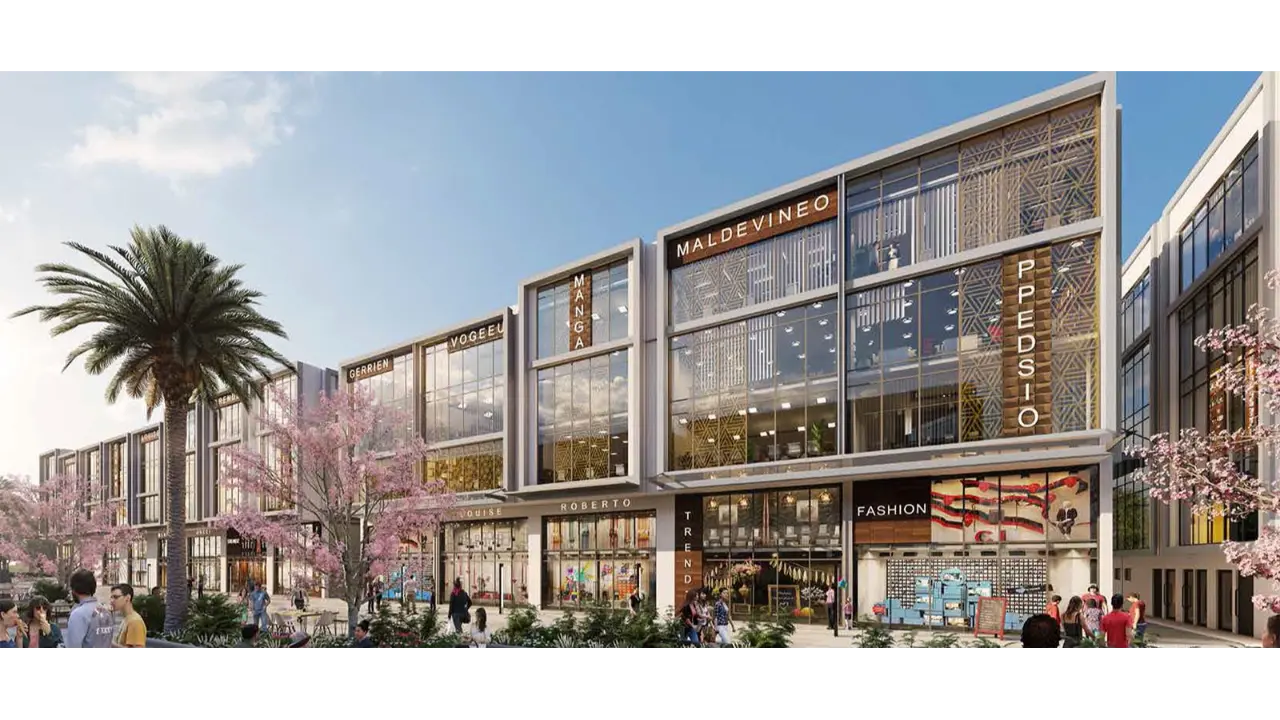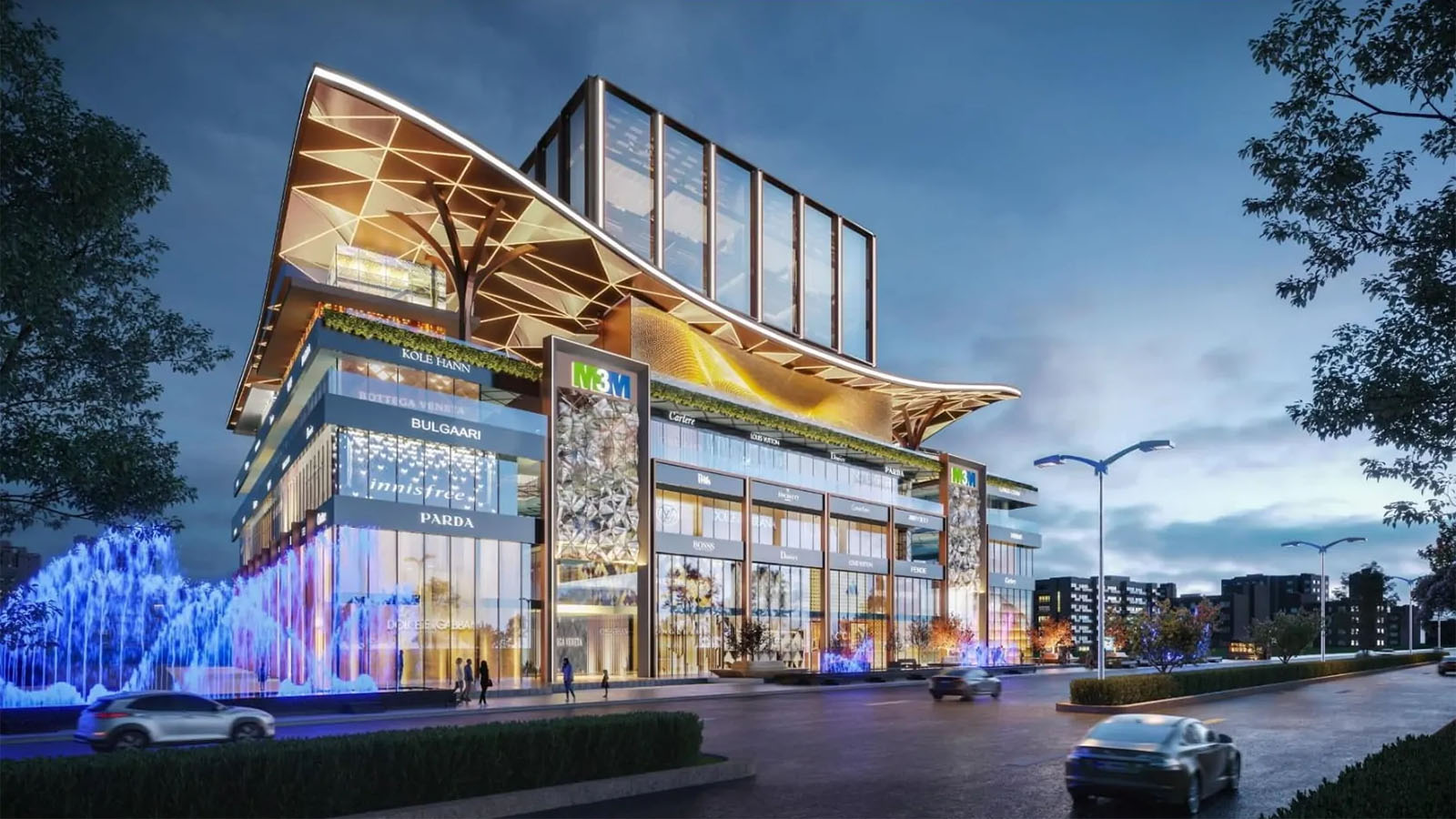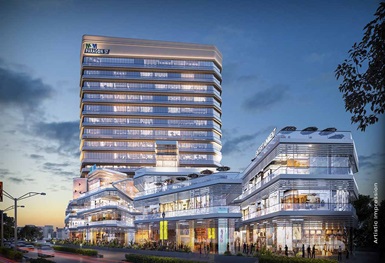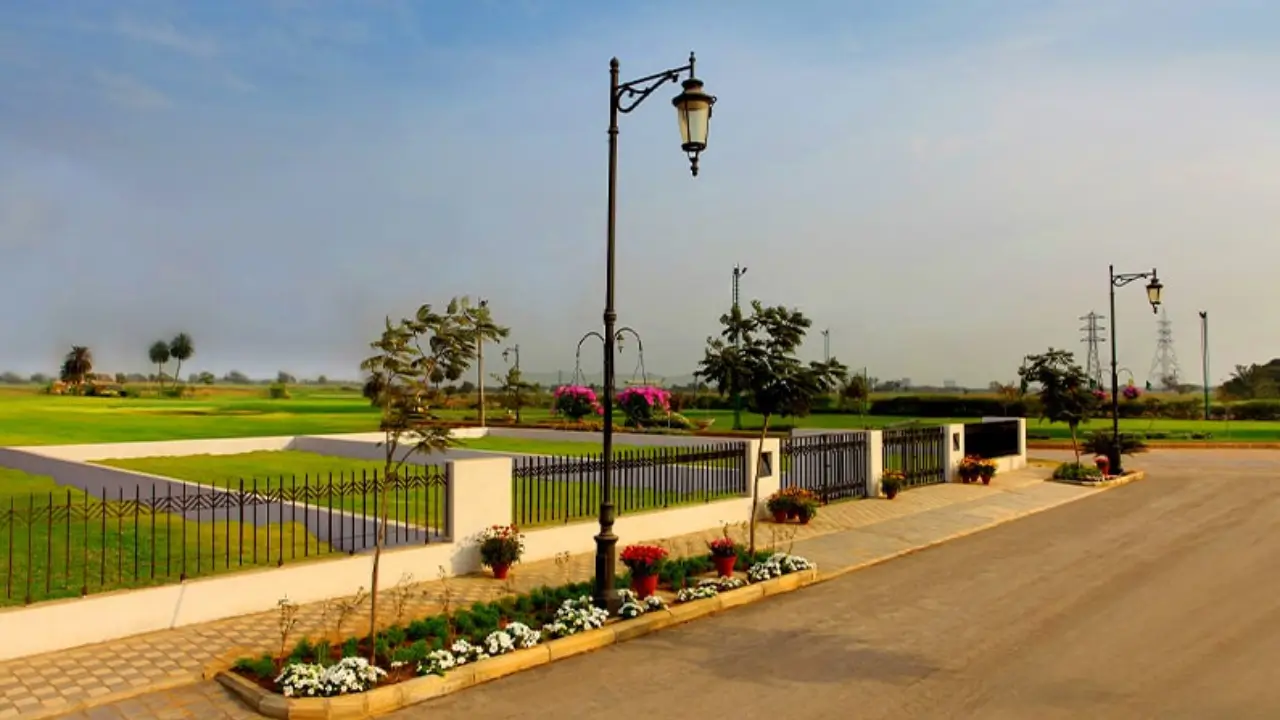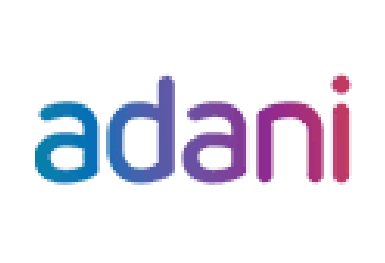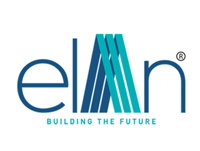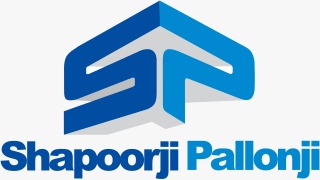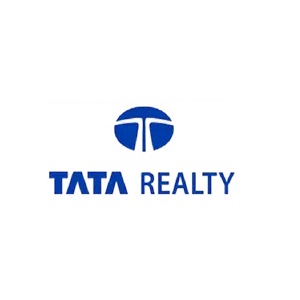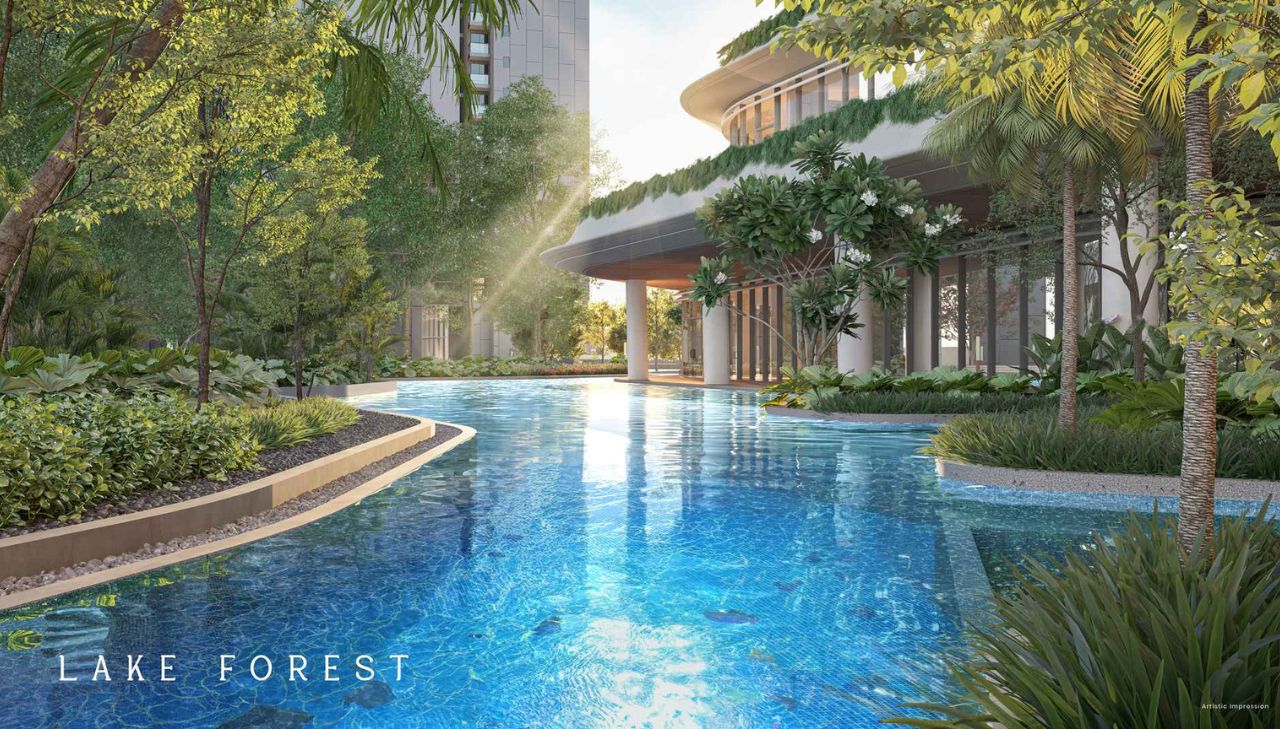Inauguration of Dwarka Expressway and UER-II: A Major Boost for Delhi-NCR Connectivity
20 Aug 2025
By Shailesh Arya
The inauguration of the Dwarka Expressway (Delhi Section) and Urban Extension Road-II (UER-II) on August 17, 2025, marked an important step for the infrastructure growth of Delhi-NCR. Prime Minister Narendra Modi opened the projects at an event in Rohini, calling them a “game-changer” for commuters.
For years, traffic congestion and long travel times have been major problems in Delhi and its neighbouring regions. These two projects, built with a combined cost of around ₹11,000 crore, will help ease these challenges. They will provide smoother roads, faster travel, and better connectivity not only within Delhi but also between Delhi and Haryana.
Details of the Projects
1. The Delhi section of the Dwarka Expressway is 10.1 km long and has been built at a cost of ₹5,360 crore. It has two packages.
Package I: A 5.9 km stretch from Shiv Murti near IGI Airport to the Dwarka Sector 21 Road Under Bridge.
Package II: A 4.2 km stretch from the Road Under Bridge to the Delhi-Haryana border, where it connects to the Haryana section of the Dwarka Expressway (already operational since 2024).
This road connects important places such as Yashobhoomi Convention Centre, Dwarka Sector-21 Metro Station (Blue and Orange Lines), the redeveloped Bijwasan railway station, and the Dwarka Cluster Bus Depot.
2. The Urban Extension Road-II (UER-II) is a bigger project, stretching 75.7 km and costing ₹5,580 crore. It is a six-lane semi-circular expressway that runs around the outer edge of Delhi, acting like a third ring road. It starts from Alipur in North Delhi and ends at Mahipalpur in South Delhi, connecting NH-44 with NH-48.
UER-II also has two spurs (side stretches): one from Bawana to Sonipat and another from Najafgarh to Bahadurgarh. This makes it easier for heavy vehicles and interstate traffic to bypass Delhi’s inner areas.
Benefits for Commuters
The Dwarka Expressway (Delhi section) and UER-II are designed to make daily travel in Delhi-NCR much faster and easier.
Reduced Travel Time: Commuters can now reach IGI Airport, Gurugram, and Haryana much quicker. For example, a trip from the Singhu Border to IGI Airport that earlier took over an hour can now be done in about 40 minutes.
Better Connectivity: The expressways link major hubs such as Dwarka, Gurugram, North Delhi, and South Delhi, making travel more seamless.
Bypass for Heavy Vehicles: With UER-II acting as a third ring road, heavy vehicles and long-distance traffic can move without entering central Delhi, easing pressure on busy routes like Dhaula Kuan and Mukarba Chowk.
Eco-Friendly Benefits: Less congestion means lower fuel consumption and reduced air pollution, creating cleaner and healthier surroundings for residents.
Improved Daily Commutes: Office-goers, students, and frequent flyers will enjoy smoother journeys, saving time and reducing stress.
Importance for Delhi’s Traffic System
Delhi has long struggled with overcrowded roads, especially on the Inner Ring Road and Outer Ring Road. With UER-II now acting as a third ring road, vehicles can move around Delhi without entering the city. This will reduce pressure on the capital’s busy intersections.
Both roads also connect with other big projects like the Delhi-Mumbai Expressway, Delhi-Dehradun Expressway, Eastern Peripheral Expressway, and the Faridabad-Noida-Ghaziabad corridor. Together, they create a strong highway network around Delhi.
An important feature of UER-II is its use of landfill waste in construction, making it more eco-friendly. By reusing waste materials, the project supports sustainable development while solving traffic problems.
Boost for Real Estate and Economy
The inauguration of these projects is also expected to give a strong push to the real estate market in Delhi-NCR. The Dwarka Expressway, already known as a prime location for housing and commercial projects, will become even more attractive now that the Delhi stretch is operational.
Areas such as Southwest Delhi, Dwarka, and Gurugram are likely to see rising demand for property. Homebuyers prefer these locations because they now offer both good connectivity and modern infrastructure. Developers are also expected to launch more residential and commercial projects along these stretches.
In addition to real estate, the projects will help industries and logistics companies. Faster connectivity reduces transport costs, improves supply chain efficiency, and encourages new businesses to set up in the region. This will create jobs, attract investment, and boost Delhi-NCR’s economy.
A Step Toward a Better Future
The opening of the Dwarka Expressway Delhi section and UER-II is more than just the launch of new roads. It represents a shift toward modern and planned urban growth in Delhi-NCR. Commuters will now enjoy less stressful journeys, businesses will benefit from stronger infrastructure, and the environment will see some relief with lower vehicle emissions.
With these projects, Delhi’s transport network is becoming smarter, more efficient, and more sustainable. They show how infrastructure can transform not only traffic systems but also the overall quality of life for people in the region.
Conclusion:
The launch of the Dwarka Expressway Delhi section and UER-II is a historic milestone in Delhi-NCR’s infrastructure journey. More than just highways, these projects are gateways to smarter mobility, cleaner air, and stronger economic growth.
For commuters, they promise faster, more reliable travel. For businesses, they open doors to better logistics and wider opportunities. And for real estate, they unlock new potential in emerging locations across Delhi and Gurugram. Together, these expressways represent the future of urban connectivity—efficient, sustainable, and growth-oriented. They are not just new roads but lifelines that will shape the next chapter of Delhi-NCR’s development.

